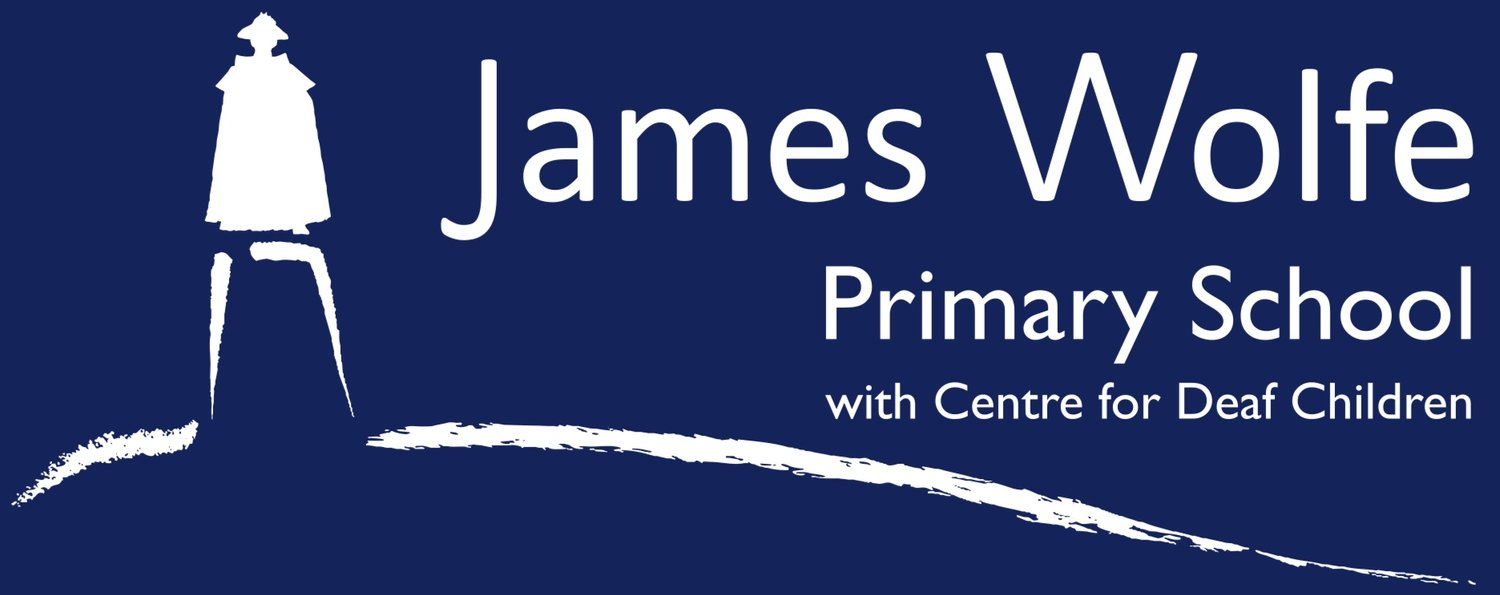Exploring vocabulary in English
Across our school, pupils experience a range of high-quality, diverse, texts from our ‘James Wolfe Reading Spine’. This inspires vocabulary-rich, explorative, writers, who can draw on textual experiences for their own independent writing.
Reading in Nursery
The children in Nursery have been reading a wide variety of fiction and non-fiction texts as part of their ‘Around the World’ topic. Participating in group discussions around these texts has provided the children with the opportunity to develop their vocabulary and oracy skills, which will be essential for their later writing. We are proud of the work in this photo as it demonstrates how this Nursery pupil has used positional language to explain why their favourite landmark is Tower Bridge.
Story descriptions in Year 2
Year 2 delved deep into the story ‘The Tear Thief’ and through the use of this high quality text they unpicked and generated a large wordbank of ambitious adjectives. The vocabulary gathered encouraged them to write detailed descriptions of the main character from the story. Sentence stems and interesting phrases were used to engage and excite the readers who may be on the lookout for the Tear Thief!
Exploration of Varjak Paw in Year 3
This work from a Y3 child shows how an exploration of ‘Varjak Paw’ in reading and writing lessons has led to excellent composition and exploration through written text. The vocabulary used is inspired from the text (using words such as ‘feline’) and it is clear that this child has used ideas and themes in their wider reading from the Y3 reading spine to compose this piece.
Shackleton’s adventures
In Year 5 children have begun the term by developing vocabulary associated with their anchor text. Through this, they have become familiar with more sophisticated words, as well as technical language linked to the story they are reading. This is reflected in their longer pieces of writing, where they have used high level language to engage readers and create a journal entry which is fitting of the historical context in which it is written.




